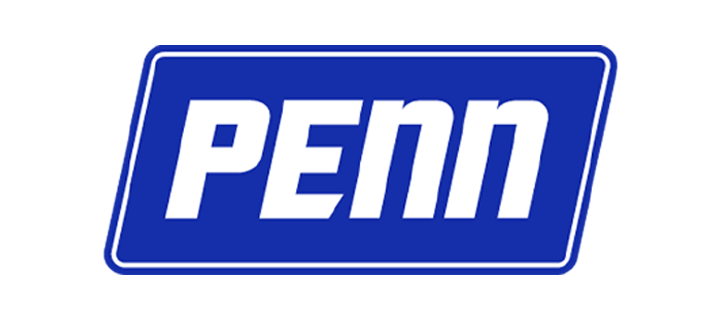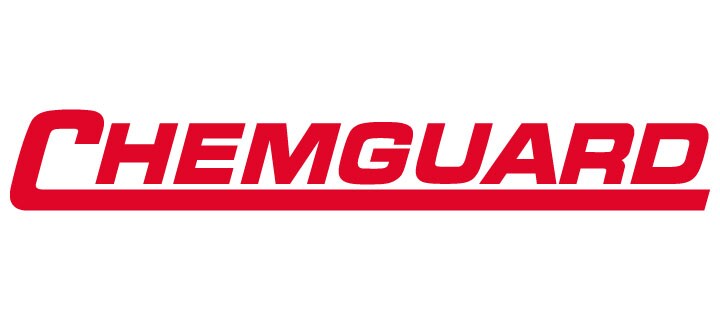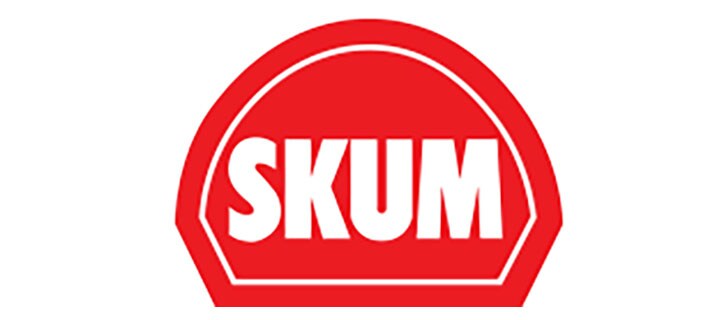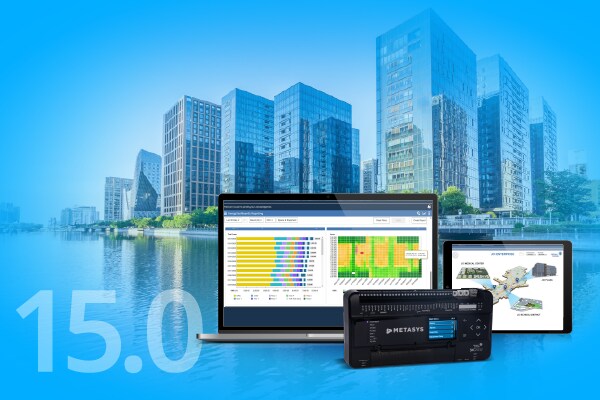- Johnson Controls
- Insights
- Where Innovation Takes Flight
Where Innovation Takes Flight: Engineering the Future with Johnson Controls
For over 140 years, Johnson Controls has been at the forefront of innovation, helping to shape the course of history. In the 1960s, that pioneering spirit enabled one of humanity’s greatest achievements - the first steps on the Moon. Our enduring partnership with NASA is a testament to the critical role our technologies have played in supporting world-changing missions.
From precision climate control in the Vehicle Assembly Building at Kennedy Space Centre to mission-critical systems in spacecraft clean rooms, our engineering expertise helped make the impossible possible. Today, that same commitment to innovation continues to power the smart, sustainable buildings where the next generation of breakthroughs will begin.

Where progress takes flight
At the dawn of the Space Age, Johnson Controls York stood at the forefront of technological advancement. The company was recognised by NASA for its “mission control” instrumentation, a vital contribution to the Apollo and Saturn space programmes. Today, we continue to engineer the environments where giant leaps begin.
Engineering Brilliance at the Edge of Space
In 1965, the world took notice. Cooling the world’s largest building by volume was no small feat. At the time, Contractor magazine reported: “US Moonport Takes 10,000-Ton Air Conditioning System”. This was no ordinary installation; it was the cooling system that formed the beating heart of the Vehicle Assembly Building (VAB) at Kennedy Space Center. The VAB was designed to stack the mighty Saturn V rockets that would carry Apollo astronauts to the Moon. Inside, precise climate control was mission critical. Without it, condensation, corrosion and thermal expansion could compromise delicate components. In extreme cases, the vast interior could even generate its own rain clouds, threatening to disrupt rocket assembly.
Enter Johnson Controls (then known as Johnson Service Company and York Engineering), the unsung heroes behind a revolutionary solution. With four colossal 2,500-ton York Turbomaster chillers and Johnson Controls’ advanced pneumatic controls, a stable and controlled environment was created. This safeguarded the assembly process and ensured that every Apollo launch could reach for the stars. Innovation, vision and engineering excellence defined a partnership that helped shape history at the edge of space.
Mission-Critical Engineering Behind the Scenes
By 1969, Johnson Controls’ expertise extended well beyond the launch pad. At Rockwell’s clean room facility in Downey, California, spacecraft modules for the Apollo missions underwent final testing under tightly controlled environmental conditions. NASA’s contractor, North American Rockwell, recognised Johnson Controls for “Outstanding Achievement” after the company successfully replaced vital systems supplying nitrogen, oxygen, helium and coolant fluids, all without disrupting the delicate preparations for Apollo 9. This was more than a technical achievement; it was a demonstration of the precision, innovation and reliability that continue to define Johnson Controls today.
NASA’s Legacy – And Ours
The Moon landing did more than change where humanity could go; it transformed what we could imagine. It sparked a wave of engineering breakthroughs across industries. From memory foam to solar cells, water purification to freeze-dried food, more than 2,000 spinoff technologies emerged from the space race. Among them were smarter, safer building systems. The challenges of the Apollo era helped drive progress in sensors, automation and systems integration, laying the foundation for today’s intelligent building technologies. Companies like ours evolved from pneumatic thermostats to advanced digital platforms.
The Evolution Continues
Johnson Controls remains a leader in smart building innovation. What began with climate control for a launchpad has grown into a portfolio of integrated, next-generation equipment, technologies and services. These solutions unlock new levels of safety, efficiency and performance, creating spaces that work better for everyone.
From Apollo to OpenBlue, our mission remains the same: to engineer the environments where innovation happens, and to help every customer take their own giant leap. Discover how Johnson Controls can support your organisation’s journey towards smarter, more sustainable buildings with our smart building solutions.






















.jpg?la=en&h=320&w=720&hash=244C75B74F0F77521D56164450973BCD)














.jpg?la=en&h=310&w=720&hash=8D9823F26AA80B2B75C3E4B2E61770DC)


.jpg?la=en&h=320&w=719&hash=13CA7E4AA3E453809B6726B561F2F4DD)
.jpg?la=en&h=306&w=720&hash=F21A7CD3C49EFBF4D41F00691D09AEAC)

.png?la=en&h=320&w=720&hash=18CFCCD916C92D922F600511FABD775D)


















